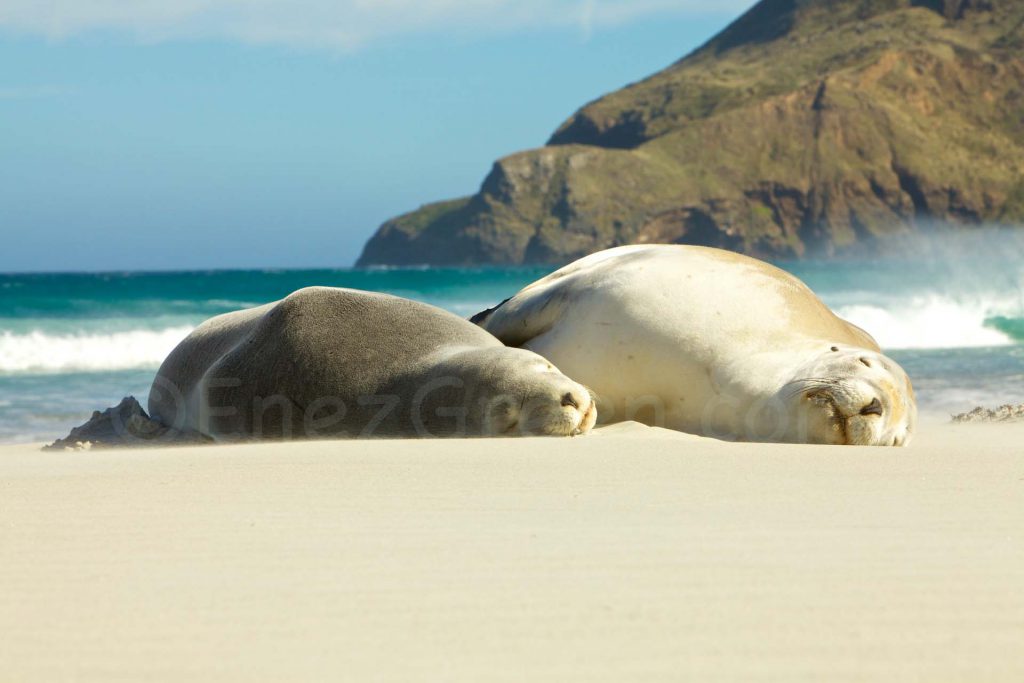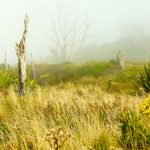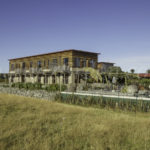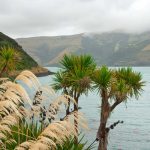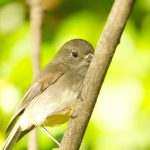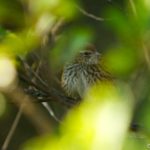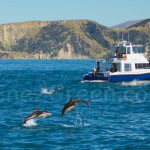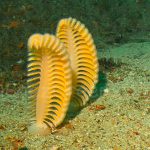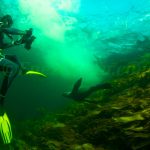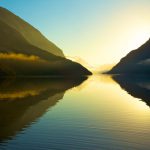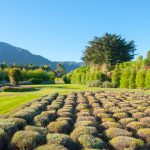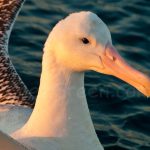Nature in its most original state
The islands which make up New Zealand separated from Gondwanaland, the southern proto-continent, some 82 million years ago. The country is located on the Pacific Ring of Fire, i.e. on the junction of two tectonic plates, where a subduction phenomenon occurs between the Pacific and Australian plates. This phenomenon is at the origin of volcanic and hydrothermal activity in the country as well as the formation of the Southern Alps.
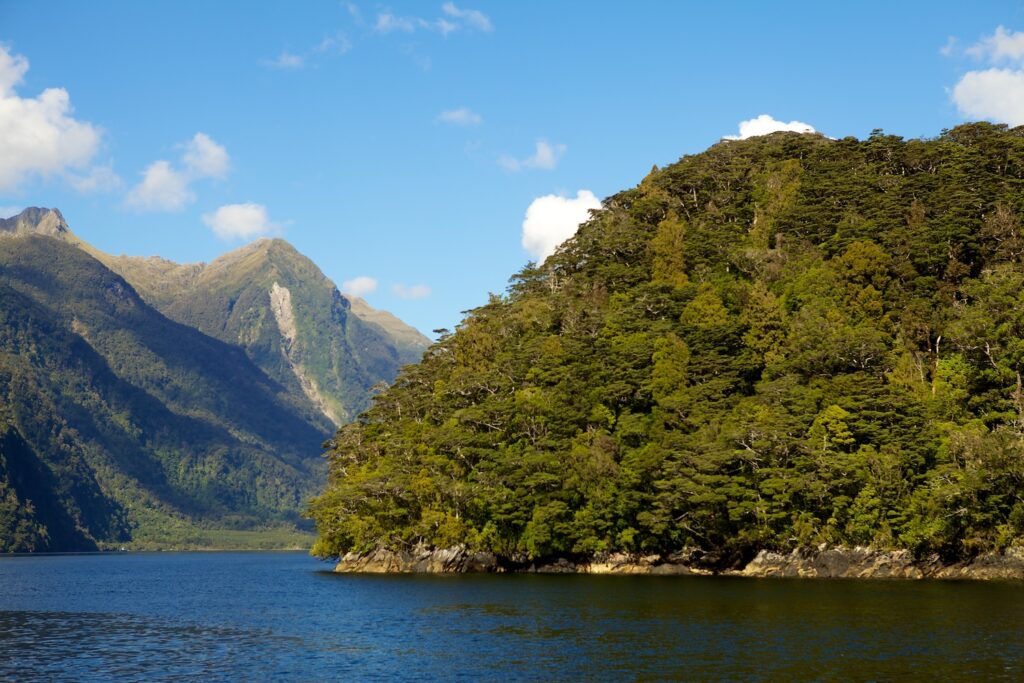
This large archipelago situated between the Sea of Tasman and the Pacific Ocean stretches over 1,600 km and consists of two large mountainous islands, the North Island and the South Island, as well as Stewart Island, in the far south. The three islands have a very unique and contrasted environment due to their isolation for a long period from continental land. The closest neighbours of the archipelago are Australia, situated 2,000 km to the north-east, and the Fiji and Tonga Islands to the north.
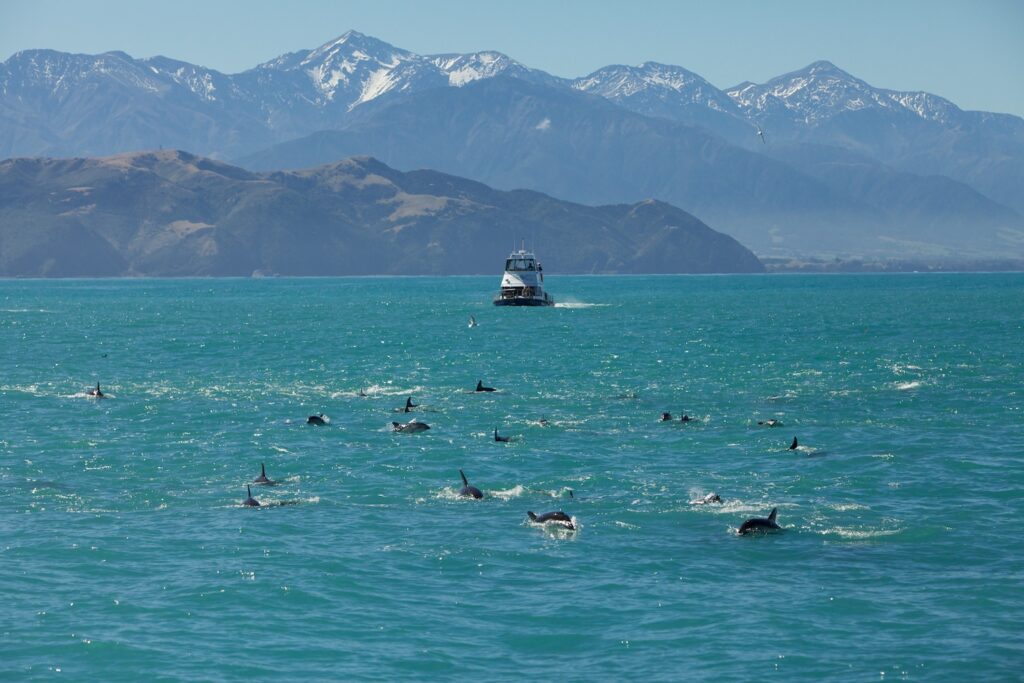
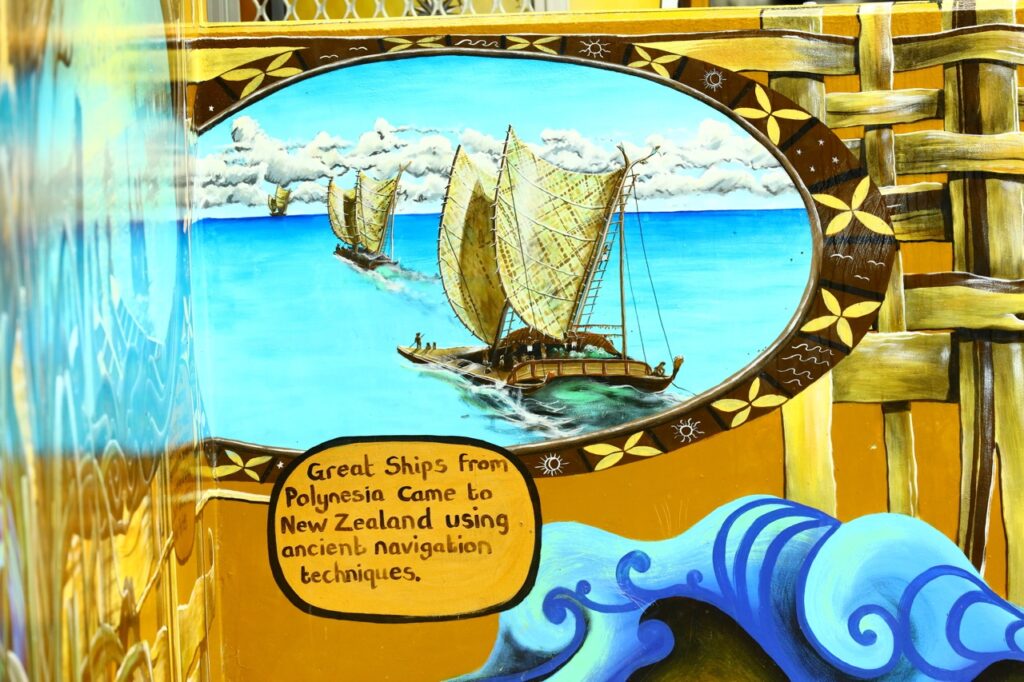
High level of endemism arising from the country’s geographical isolation
New Zealand was the last large continental landmass to be inhabited by man and thus maintained its original purity longer than almost anywhere else in the world. Hence, the biodiversity of the country comprises a high level of endemic fauna and flora including 90% of freshwater fish, 80% of all vascular plant species, 70% of all native land and freshwater bird species as well as all the bats, amphibians and reptiles.
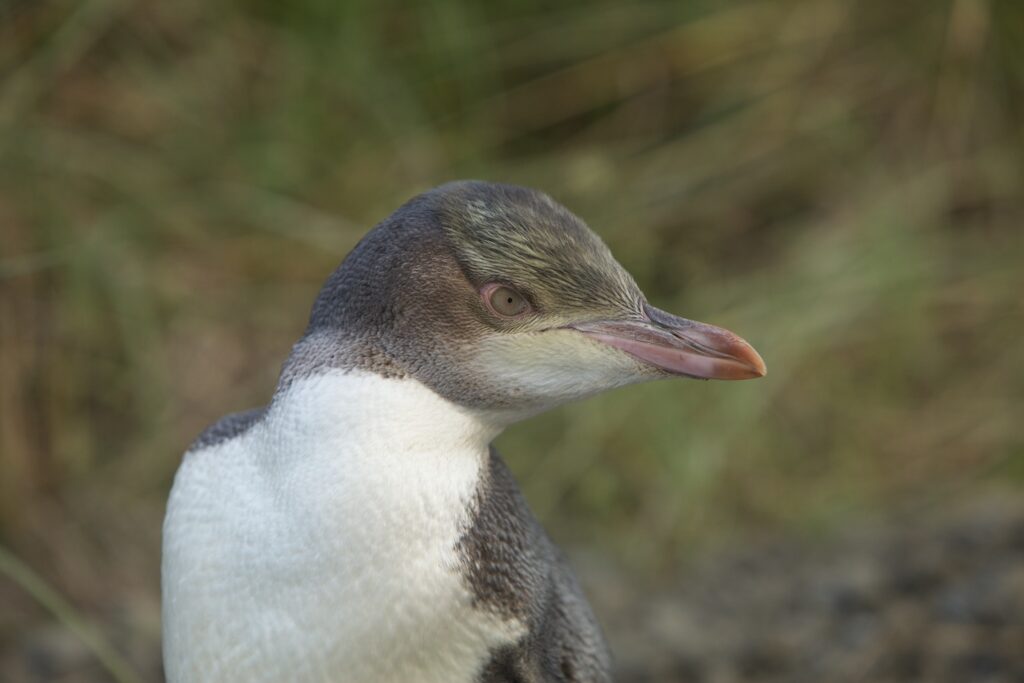
One of the country’s particular characteristics is that it had no native land mammal species apart from bats until 19 million years ago! Most of the country’s fauna consists of insects and birds.
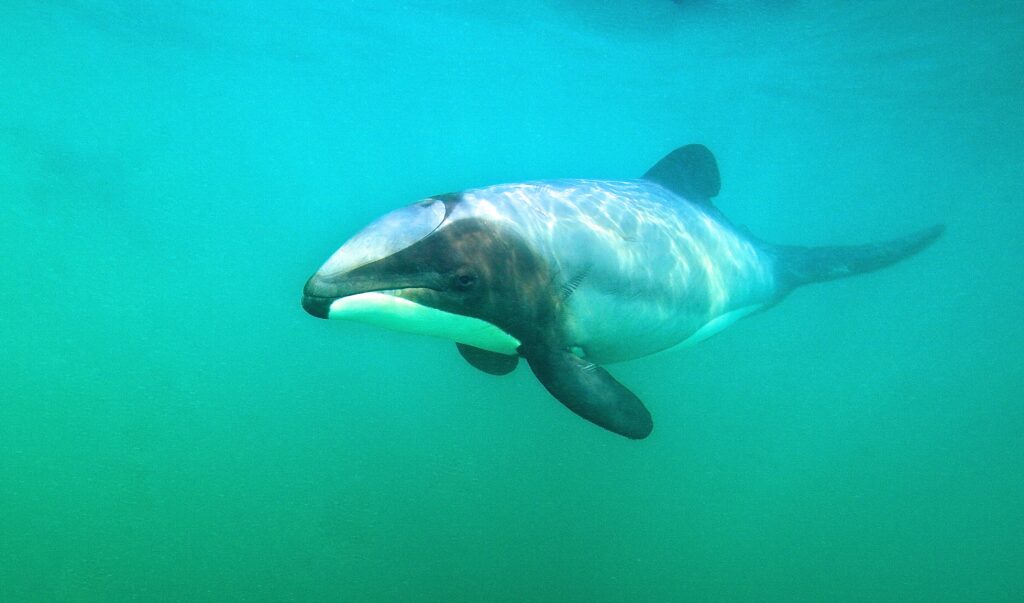
A significant loss of biodiversity
Indigenous species nowadays cover 10 to 15% of the territory and these areas are mostly nature reserves and protected national parks. New Zealand is one of the rare countries where there still are prehistoric forests, i.e. closest to the original nature of Gondwanaland, consisting mainly in Kauri, Rimu and Totara wood, tree ferns as well as strange flightless birds such as kiwis, wekas, kakapos, takahe and moas.
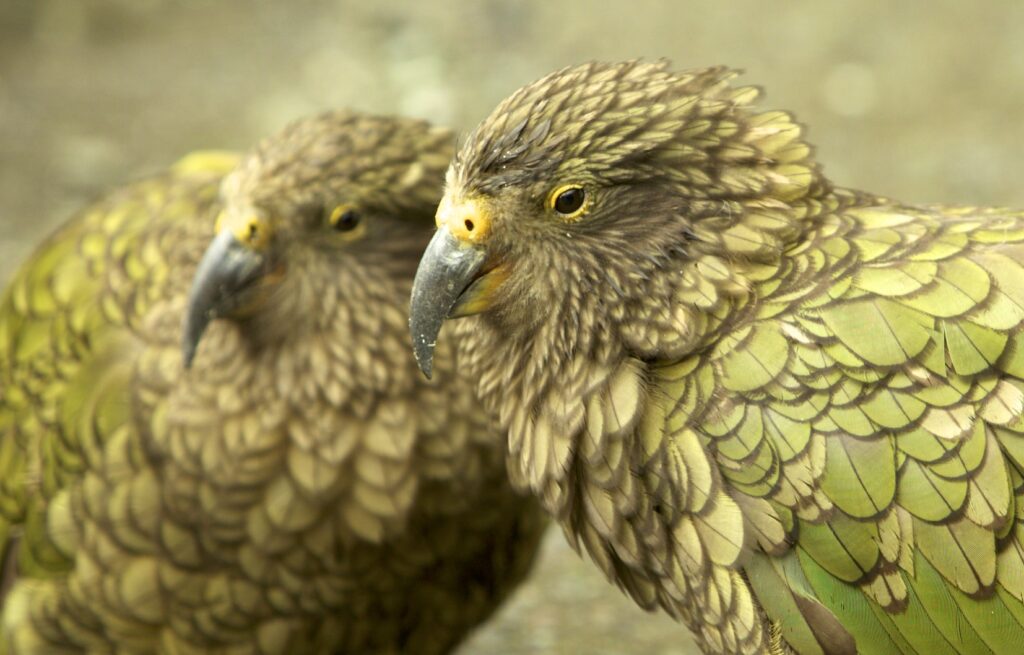
The latter have disappeared since the arrival of man. Various species of mammals were introduced by man, contributing to the depletion, or even the extinction of many endemic bird species.
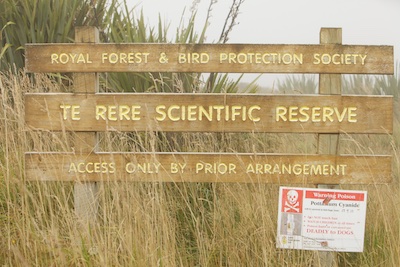
The government of New Zealand has implemented a national programme of action for biodiversity in order to ensure the preservation of a significant number of animal and plant species under threat of extinction but is struggling to cope with the proliferation of certain predators introduced by man.
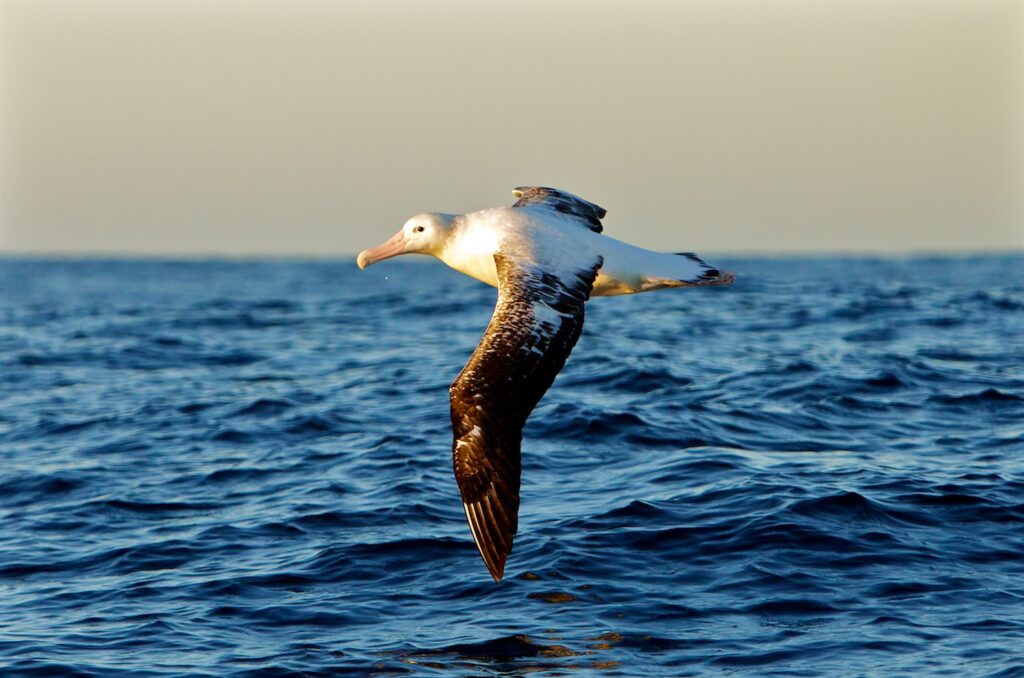
A paradise for outdoor activities
New Zealand boasts a unique location in the Pacific Ocean, amazing landscapes and great wild spaces frequented by a rich variety of fauna and avifauna as well as a population that shares a common passion for outdoor leisure. It is considered as THE outdoor tourist destination. Contemplative vacationers and naturalists at heart will be as delighted as those tourists in search of thrills.
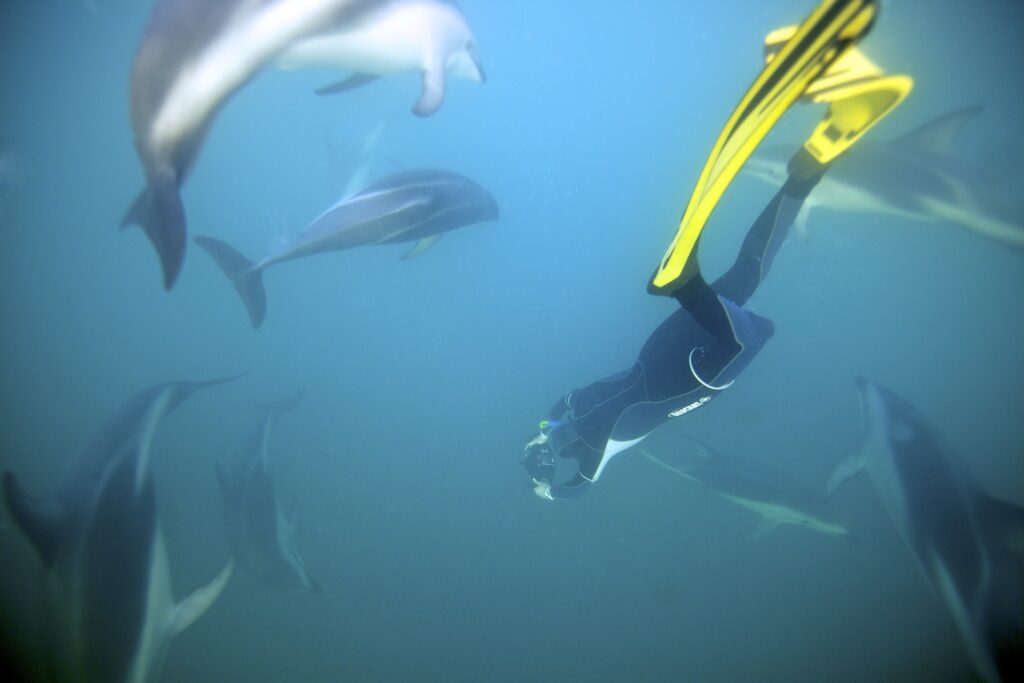
Whatever the region visited, tourists can confront the forces of nature – surfing the waves of the Roaring Forties, diving in the depths of the fjords, venturing in the primary forests, climbing the cliff faces of the rugged coastline, kayak outings to enjoy encounters with Hector’s dolphins and swimming with seals and sea lions.
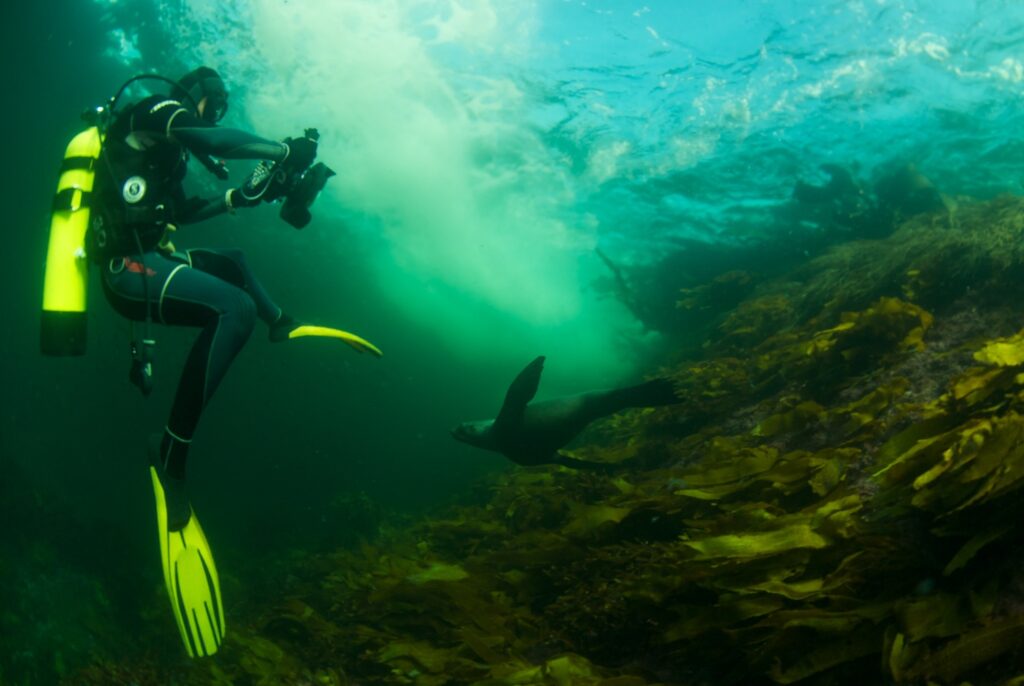
A highly diversified climate
The climate in New Zealand is temperate oceanic. Temperature varies between 0 °C and 30 °C.
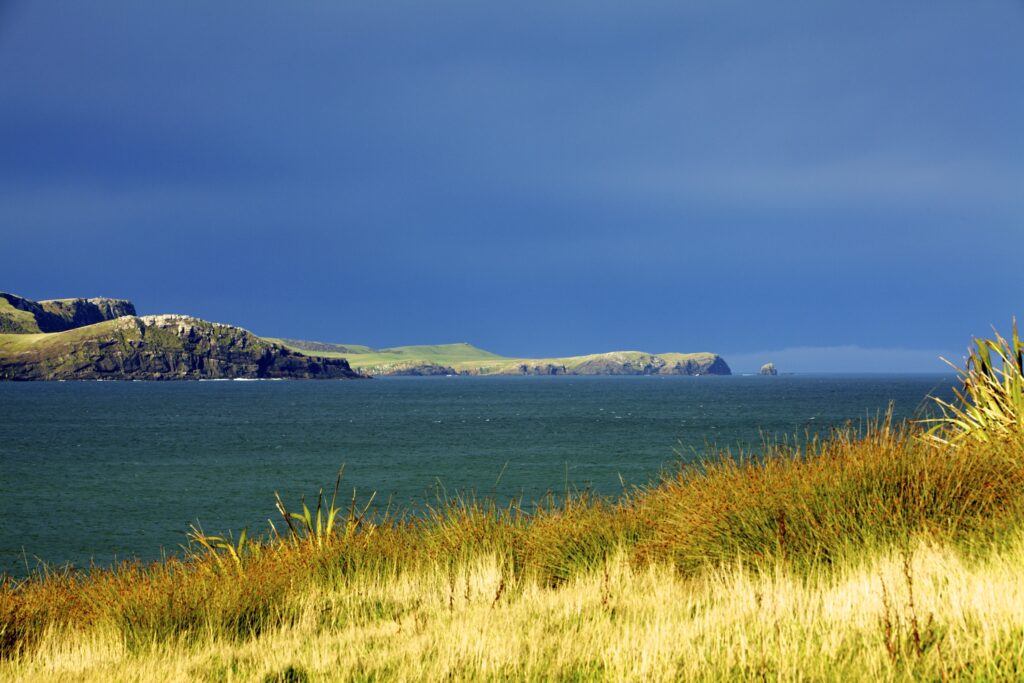
Climatic conditions vary largely across regions, ranging from very humid in the West Coast region of South Island to subtropical on North Island.
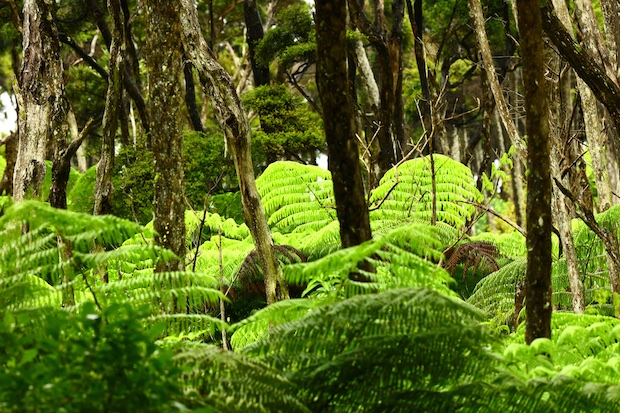
Three main factors affect the climate of New Zealand: the oceanic influence, the latitude, with the presence of prevailing westerly winds which can be particularly strong in the Roaring Forties, and the mountains, including the Southern Alps.
The country’s environmental policy
Visitors to New Zealand come to experience a genuine encounter with the country’s nature, whose purity is often extolled.


From the moment you arrive at the airport, you will come across large visuals paying tribute to the gorgeous scenery and the spiritual influence of the Maori people, who have strong links with nature, before opening your bags for inspection by custom officers, on the lookout for the slightest hint of soil or plants that could cause damage to the country’s unique biodiversity – which, by the way, has suffered significant degradation.
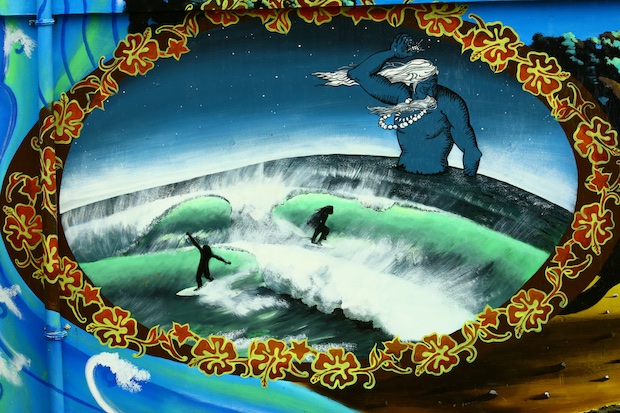
A model of biodiversity conservation?
However, over the course of our stay, New Zealand appears to be far from an absolute model for biodiversity conservation. The vast expanses of grazing land and the omnipresence of sheep are somewhat surprising, especially when one thinks about the thousands of acres of primary forests that have been cleared to give way to grazing land and all those extinct species of endemic fauna. Especially as, if ever one feel like tasting the local sheep, one will realise that it has become a rare and expensive commodity given that the entire production is exported!
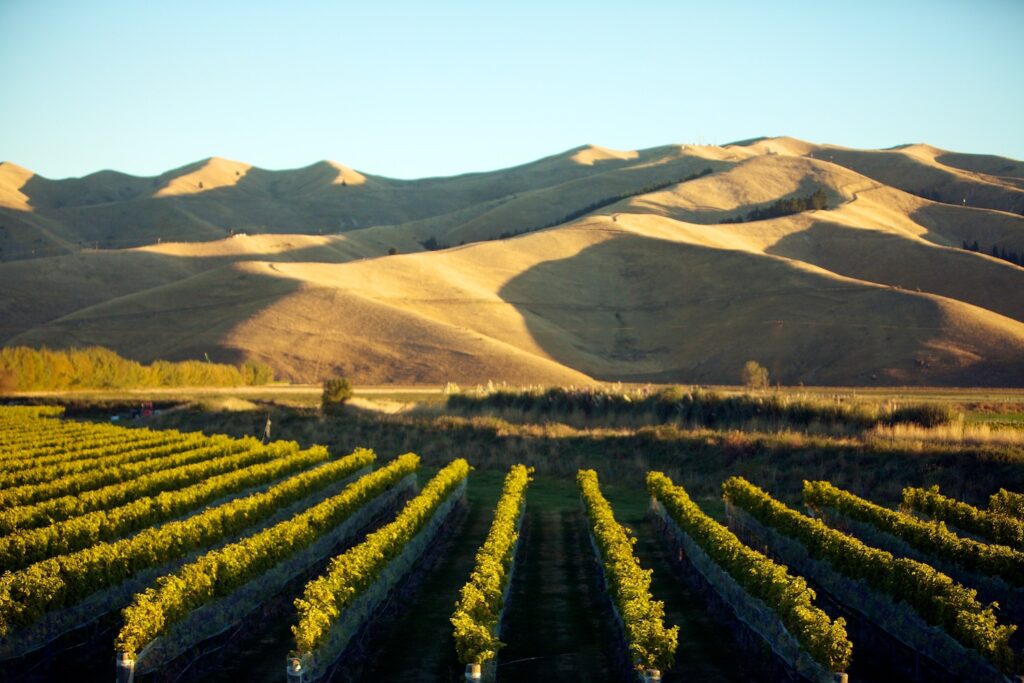
Moreover, if the population density of New Zealand is lower than in most OECD countries, pollution is indeed present in certain urban centres, impacting the air quality. The cars there rarely comply with environmental standards and there is no proper control of exhaust smoke emissions. Similarly, most of the houses do not meet insulation standards. The national parks are another source of disappointment. Milford Sound, for example, which is presented as a real park for tourists, barely sparks any sense of adventure between the bus trips, waiting lines and boat cruises with timed photo.
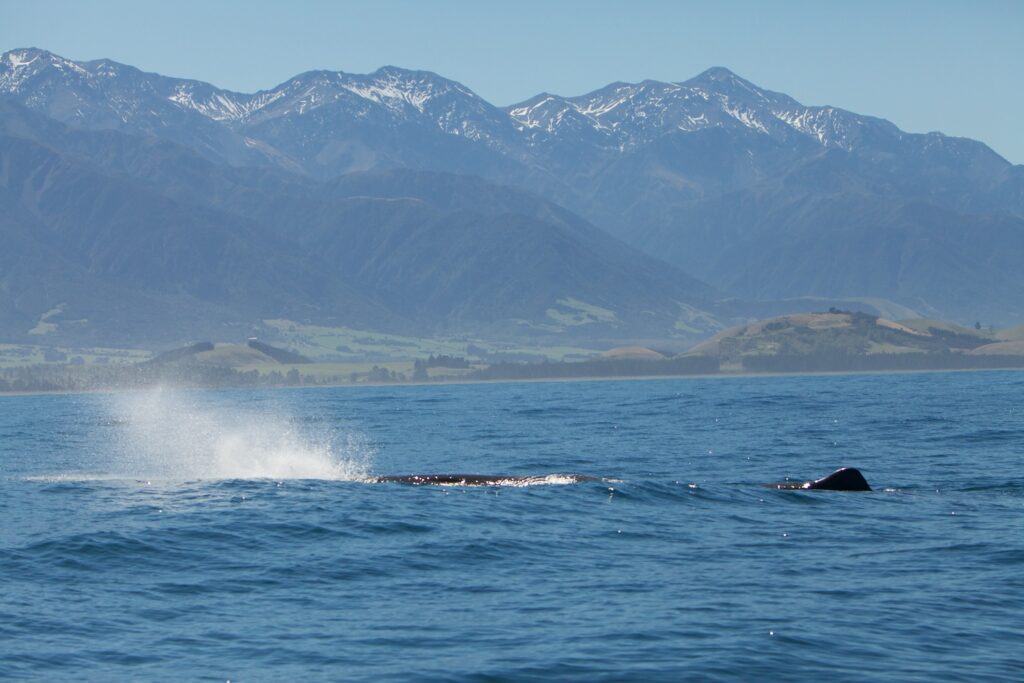
In the surroundings of Kaikoura, a world-renowned site for its amazing concentration of sea mammals, the government is planning to develop an offshore oil extraction project, thus issuing calls for international tender for 25 exploration sites off the coasts of New Zealand! This project is considered unacceptable by most of the locals who make a living with tourism, especially as there are projects to create a marine reserve and a sanctuary for sea mammals in Kaikoura and that the site has all the conditions required to be a World Heritage Site.
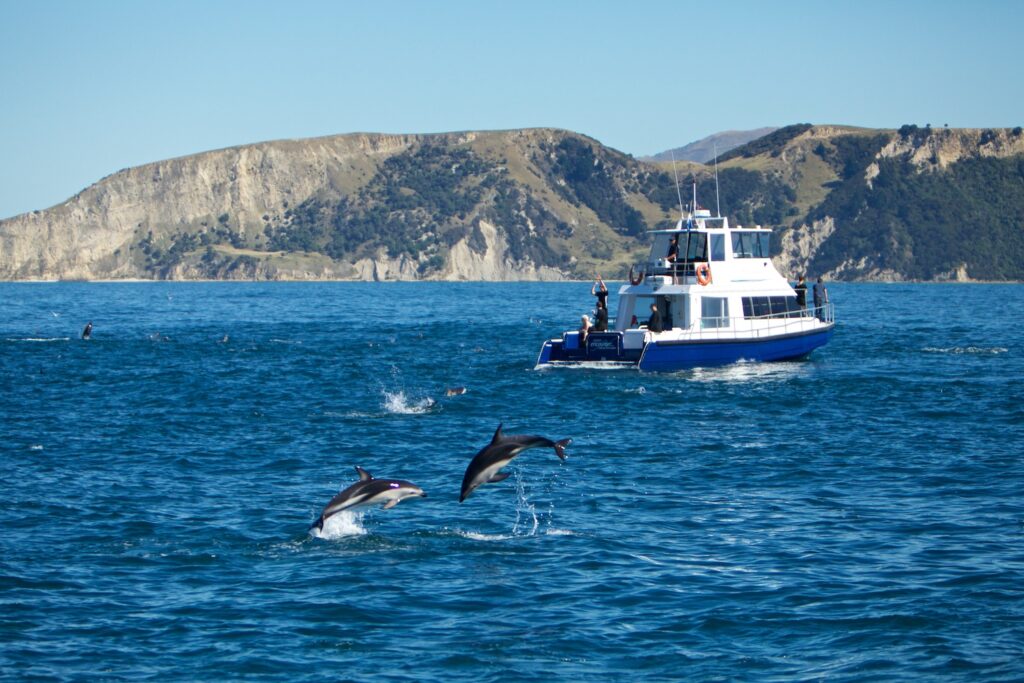
@Herve Bre
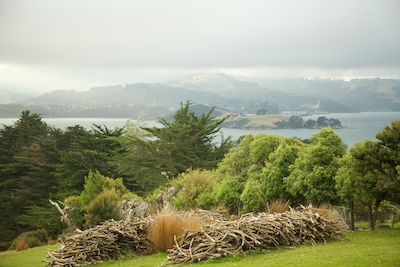
Pollution of rivers is also very worrying since more than half of New Zealand rivers are unsafe for swimming. The results of the study by the Ministry of Environment of the country, conducted on 210 freshwater beaches and 248 coastal beaches, show that the water quality is poor or very poor for 52% of the rivers analyzed. Only 20% of the sites were considered good to very good quality. Environmentalists are calling for the adoption of strict rules on the quality of water to clean the rivers and prevent pollution mainly due to agricultural intensification.
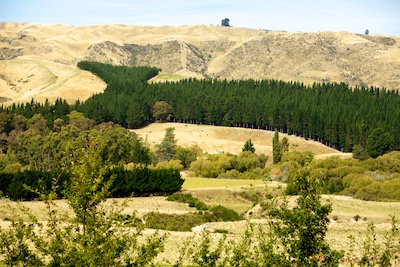
Early environmental awareness
With the benefit of hindsight, we are surprised to have thought that New Zealand could have been spared from man’s quest for development, which have led him to alter the course of nature, with an inevitable impact on the preservation and the evolution of biodiversity.
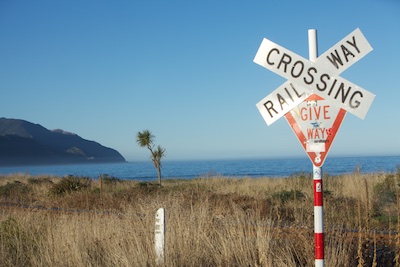
Nonetheless, once you get over the disillusionment, it becomes apparent that New Zealand stands out for its early environmental awareness. You then realise that the Kiwis place high value and provide significant support to the protection of the natural heritage, hence the active involvement of local authorities with environmental issues and tourism in protected areas. You will appreciate the exemplary waste management – sorting and recycling are usually efficient – and the sensible management of tourism, which is not only a source of revenue but also a means to raise environmental awareness.
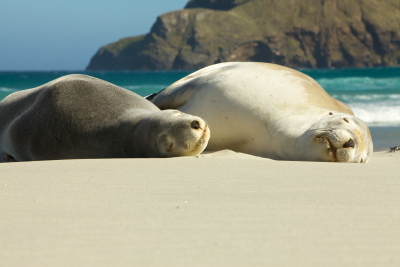
Since the early 1990s, New Zealand has concretely included environmental protection, energy efficiency and the internalisation of environmental costs in its energy policy objectives. The Labourite, Helen Clark, who was the country’s Prime Minister between 1999 and 2008, showed her environmental commitment by giving priority to protecting the biodiversity. She has indeed been appointed since then to head the United Nations Development Programme.
Better utilisation of renewable energies
The government has, amongst others, set up the Energy Efficiency and Conservation Authority and has provided significant funding to encourage energy savings among individuals, whose insulation costs, for example, can be subsidised between 30% and 60%.
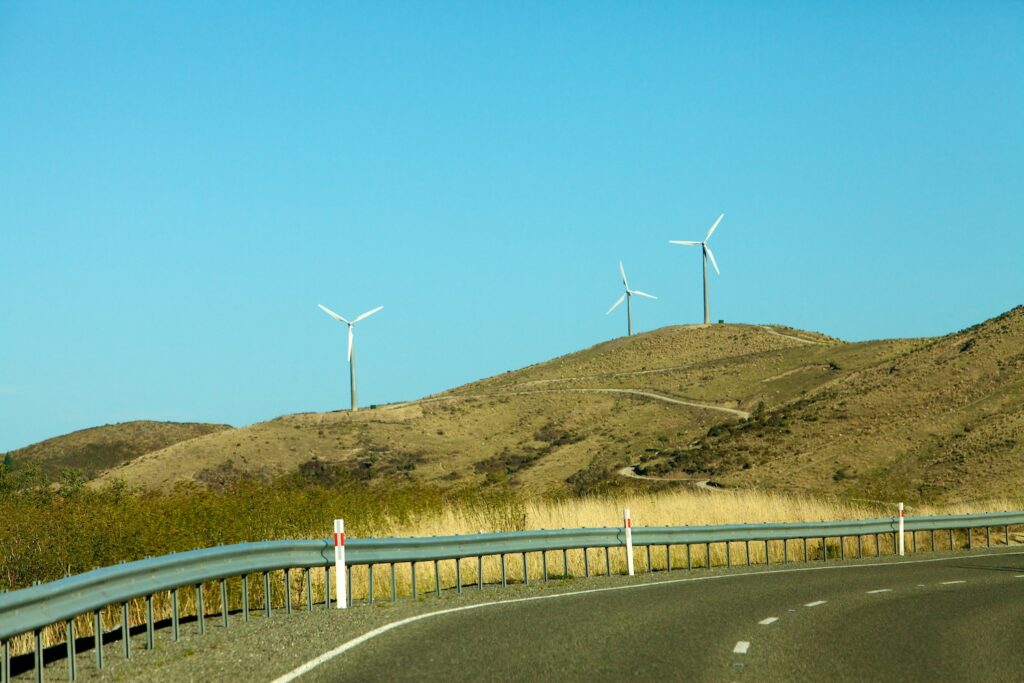
The country has been significantly tapping renewable energy sources for some time now. Over half of the electricity produced in New Zealand comes from hydropower and the remainder mainly comes from natural gas, geothermal and wind energies. The country has only one coal power station, which contributes a little over 10% of the total electricity production.
The major role played by the DOC in biodiversity conservation
The species in New Zealand are among the most threatened in the world and the government is involved in protecting what remains of the country’s biological heritage by relying on the Department of Conservation (DOC).
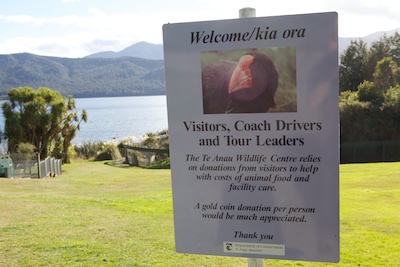
This organisation created in 1987 manages most of the Crown Lands in New Zealand, which amount to about one third of the surface area of the country! The protected zones include 14 national parks, marine reserves, nearly 4,000 reserves, rivers, forests, certain parts of the coastline, hundreds of wetlands and a number of islands. These protected areas now account for 32% of the surface area of the land territory and 7.5% of the maritime territory.
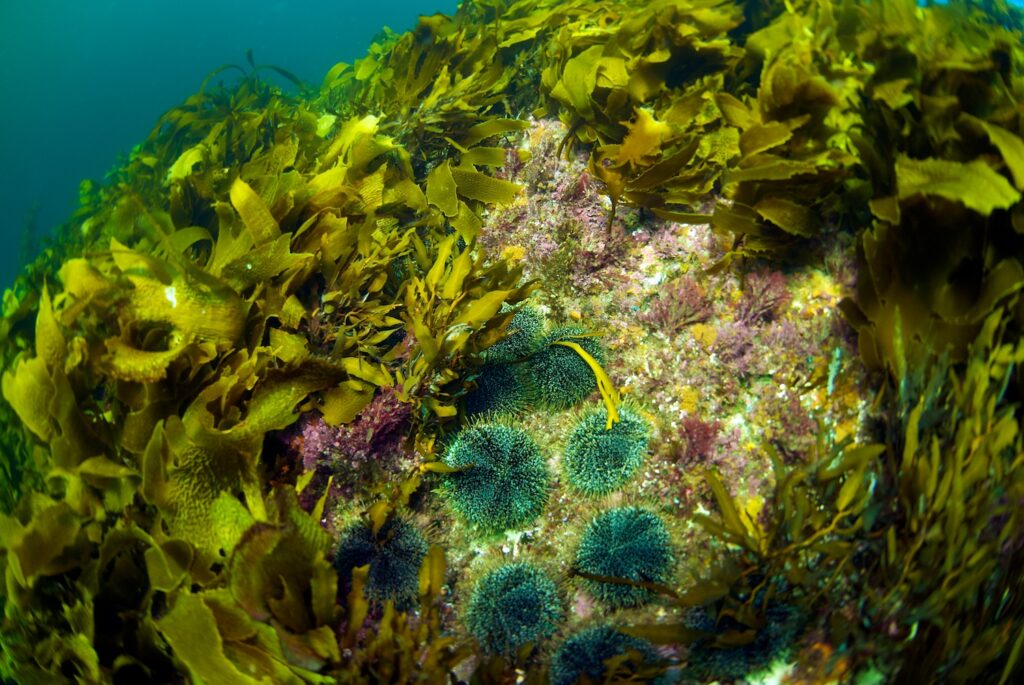
According to OECD Environmental Performance Reviews 2010, these are among the highest protection rates among member countries. The prominent role of the country in the management of parks and protected areas are acknowledged at international level.
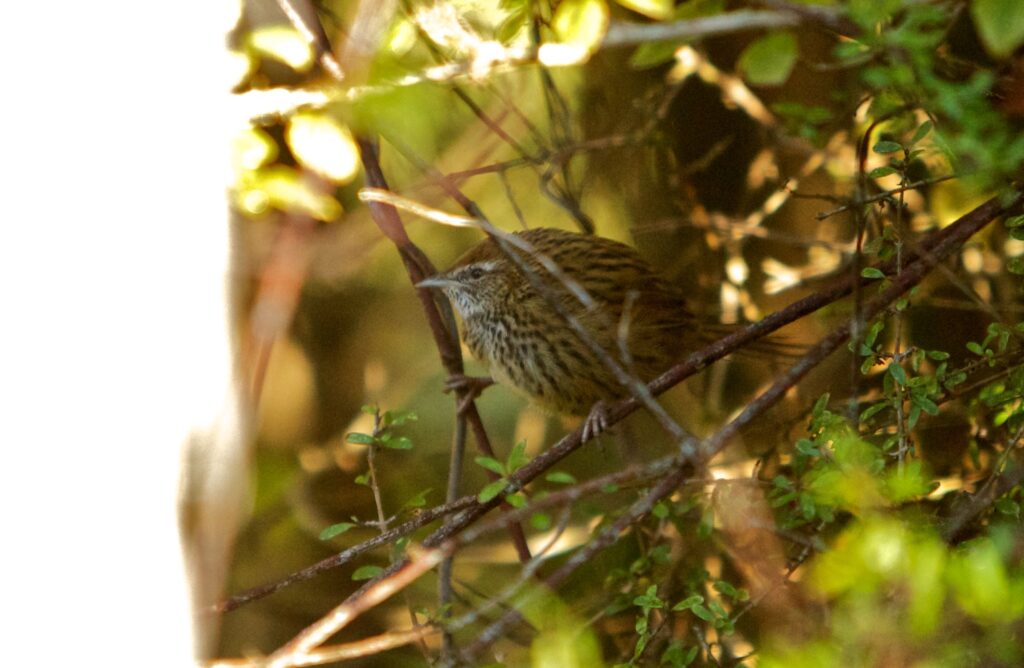
The DOC is indeed a pioneer in the ecological rehabilitation of islands which consists in eradicating alien species (cats, rats, goats, ferrets…) and reintroducing native species. With an estimated population of 70 million individuals, possums are the most devastating invasive species and are heavily combated by the government, which uses aerial spraying of 1080 poison or places it in forest traps.
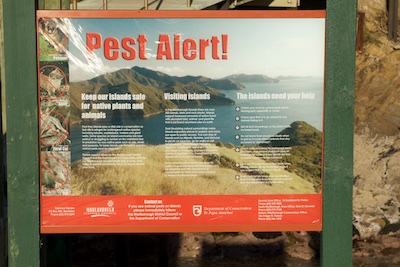
This poison is potent but it is not harmful to humans as well as most plants and birds, but presents risks for certain mammals such as dogs. The use of this poison is dividing the country but it is especially criticised by radical environmentalists and by all those who benefit from the sale of possum fur, which is considered a luxury product. A biological control programme is being considered and its launch is eagerly awaited!
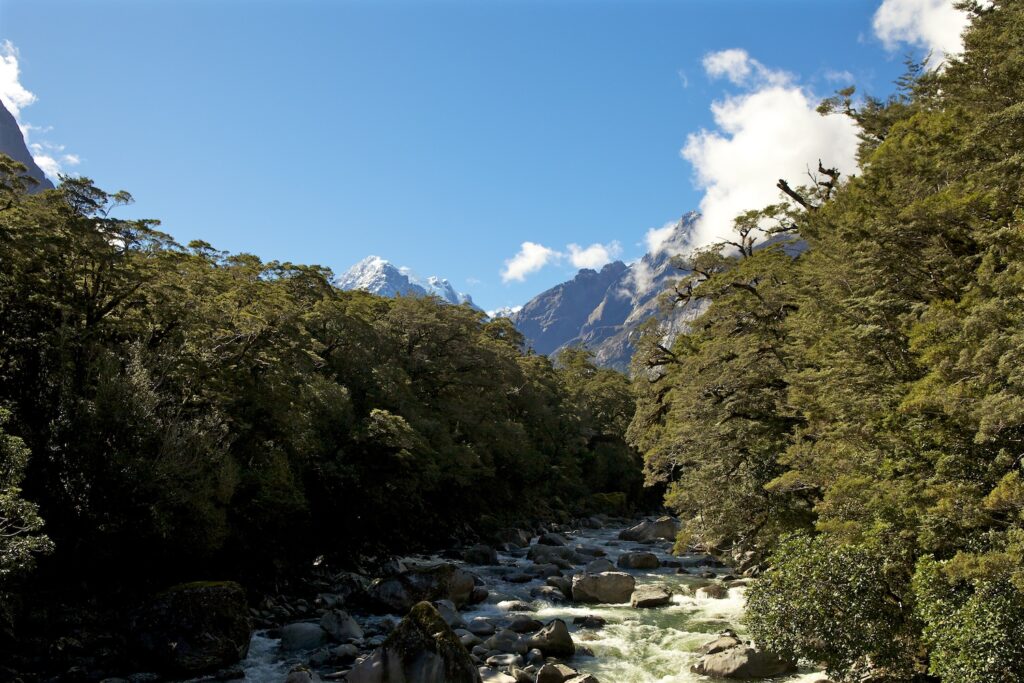
Anti-nuclear policy
In 1987, New Zealand became the first totally denuclearised Western state. The country prohibits all nuclear ships, including ships and submarines carrying nuclear weapons and/or being powered by a nuclear reactor – entering territorial waters. Civil society has been very active to achieve this result.
This position has now become an integral part of the national identity of the country, including international disarmament action is very important.
International environmental policy
New Zealand has encouraged total protection of the Antarctic as well as the conservation of whales and other sea mammals in the south of the Pacific Ocean.
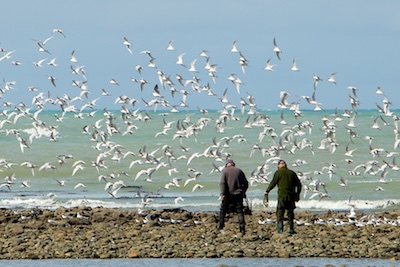
It advocated for the ban of drift nets and supported sustainable management of straddling stocks. The country has taken several measures at national level to protect endemic species, native forests and sites of international importance.
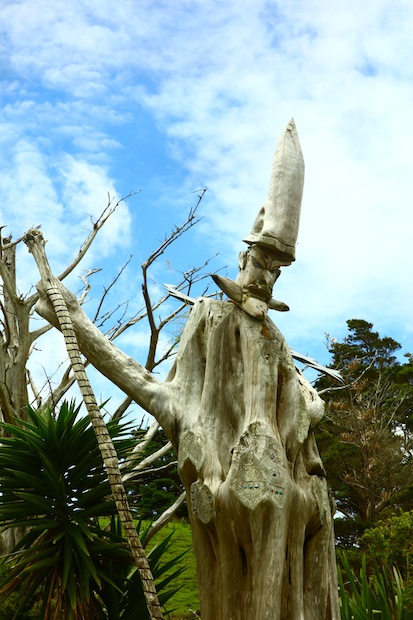
In the area of protection of the sea, New Zealand has supported the ban of radioactive waste dump sites as well as the development of regional cooperation regarding land-based marine pollution. In order to enforce international safety rules, all vessels concerned are now inspected. The importation of ozone-depleting substances has been banned in compliance with the country’s international commitments.
Forest and Bird: the country’s leading environmental NGO
The Forest and Bird NGO was created in 1923 and is the country’s leading environmental NGO with nearly 70,000 members. Its mission consists in preserving and protecting native plant and animal species as well as the natural specificities of New Zealand.
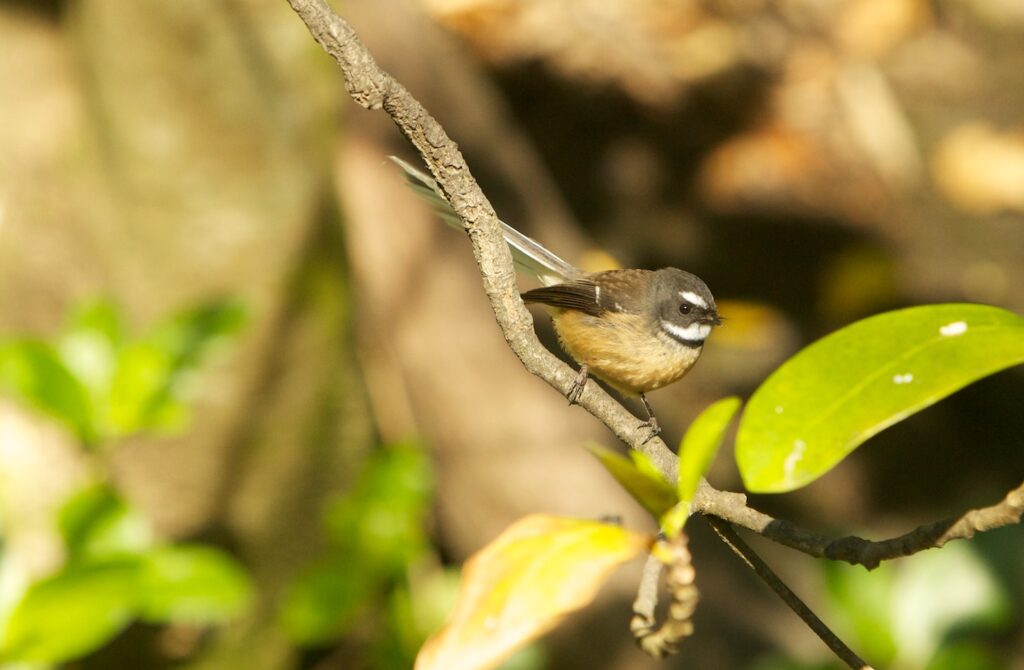
The NGO is active on a wide range of conservation and environmental issues, including the protection of national forests, coastal and marine ecosystems, energy and natural resources preservation as well as sustainable fisheries and land management.
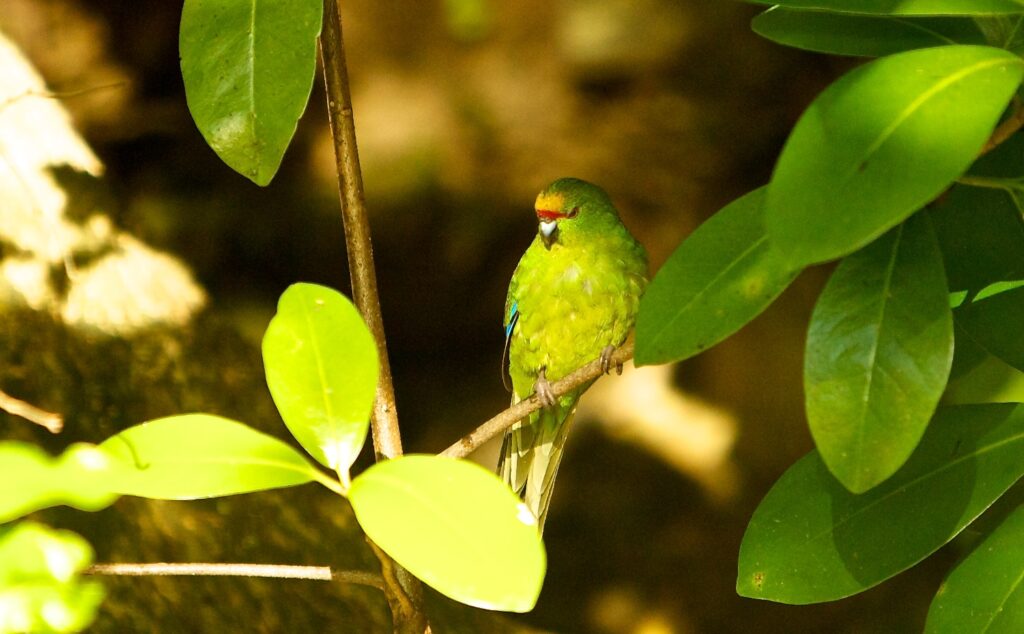
Forest and Bird is internationally recognised for its strong commitment. It has, amongst others, contributed to the setting up of parks and reserves that now protect one third of the land in New Zealand, to putting an end to the exploitation of native forests as well as to the survival of species on the verge of extinction such as kakapos and kokakos.
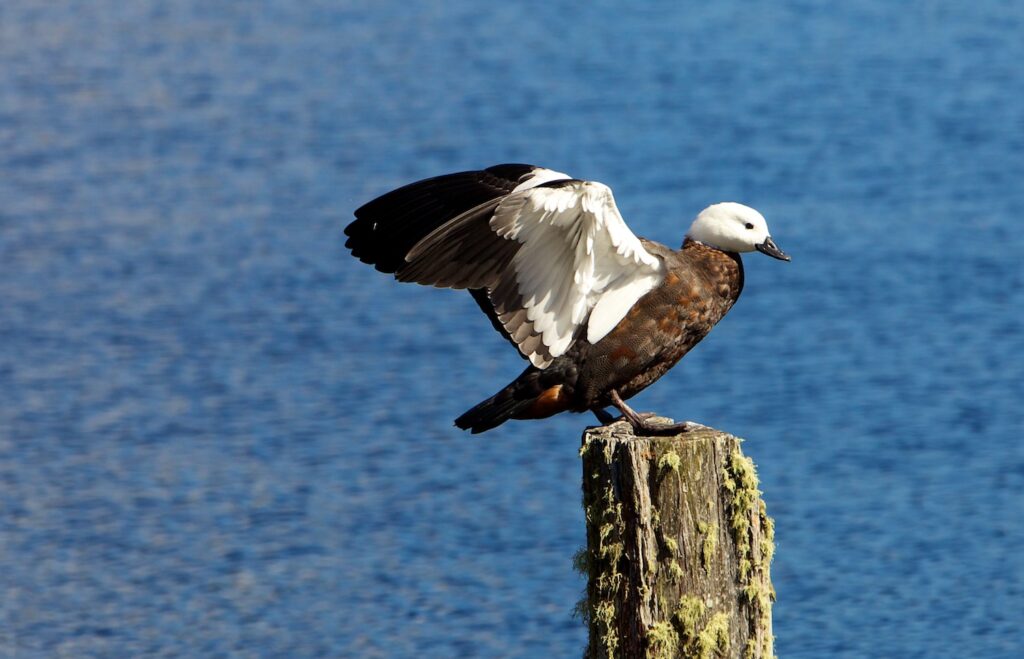
A successful nation in the field of sailing
New Zealand is known as one of the most successful sailing nations and indeed has the highest number of boats per head of population. New Zealanders excel in round-the-world races and in the America’s Cup. Team New Zealand has won the prestigious Cup in 1995 and 2000; for the first time since its creation, the trophy has been held for two consecutive years by others than the American.
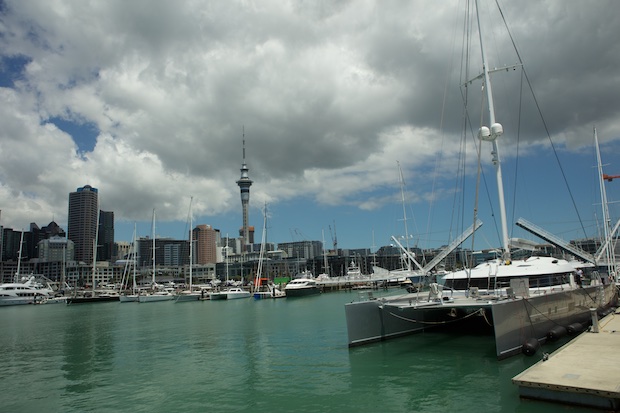
Sir Peter Blake is a true national hero. The New Zealand navigator took part, between 1974 and 1990, in the first five aux 5 premières editions de la Whitbread, a round-the-world race in stages, then won the Jules Verne Trophy in 1994. He was knighted by the Queen of England after leading his team to victory twice in the America’s Cup, first as skipper, then as team manager. The killing of Peter Blake by pirates in the Amazon caused a considerable stir in New Zealand, which lost both a great sailor and a fervent environmentalist. The navigator created the Blake Expeditions with the support of the United Nations to pursue the oceanographic missions of Captain Jacques-Yves Cousteau.
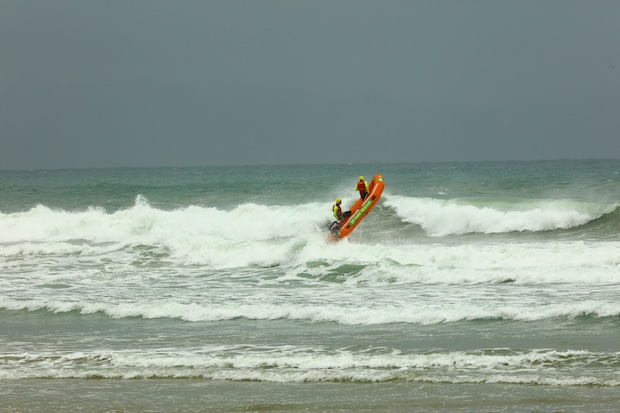
Auckland is popularly known as the City of Sails and its famous Hauraki Gulf has staged various international nautical events, including two America’s Cups and eight Volvo Ocean Races. The ports of Auckland and its surroundings harbour more than 130,000 boats and 40% of licence holders in New Zealand are members of sailing clubs in the region! Over the last decades, the Maori people have sparked renewed enthusiasm for waka (pirogue canoe) and waka ama (outrigger canoe) racing and regularly compete against each other in races at national level and between Pacific countries.
Fisheries management
New Zealand has tremendous marine resources: its economic zone is the seventh largest in the world and covers 4 million km2, i.e. more than 15 times its land surface area!
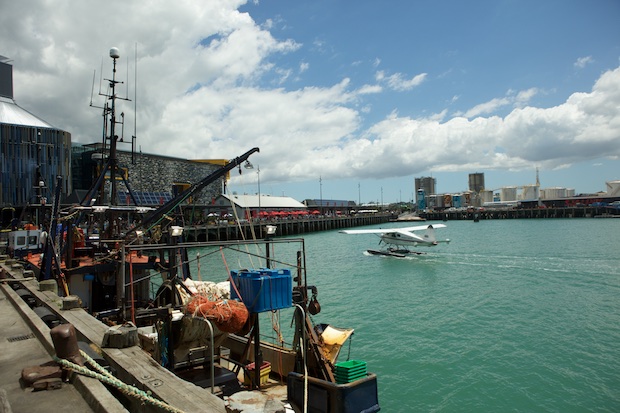
Fisheries management programmes provide a framework for satisfactory management of fish stocks, but problems persist regarding certain fish stocks whose level is lower than those necessary for maximum sustainable yield. In order to reduce fishing pressure, the government of New Zealand has announced in June 2012 its decision to ban foreign-flagged fishing vessels from its waters.
A rich maritime history
The Polynesian navigator, Kupe, is credited with the discovery of New Zealand in 950, which he named Aotearoa, meaning the ‘Land of the Long White Cloud’. Migrants from Hawaiki arrived in about 1350; the Maori people settled in New Zealand and developed a hierarchical and often brutal culture.
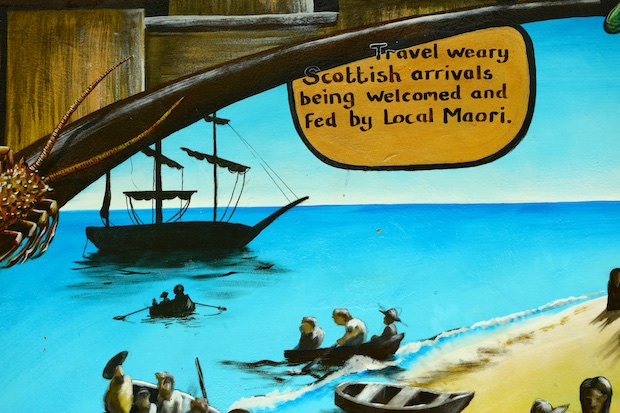
The Dutch exploratory, Abel Tasman, tried to land on the West Coast in 1642, but some of his crew members were massacred. The name Nova Zeelandia was used for the first time in 1645 and is said to have been chosen by Dutch cartographers in honour of the Dutch province of Zeeland. Captain James Cook sailed round the two islands in 1769 anglicised the name to New Zealand. His first contacts with the Maori were violent, but he, however, annexed the islands to the British Crown.
The year 1840 was marked by the signing of the Treaty of Waitangi, which is considered as the founding act of the country. The Maori thus accepted British sovereignty and the authority of the governor representing the Queen of England. In exchange, they obtained English citizenship and the promise that their rights and lands would be respected. This promise was often broken, leading to many confrontations, and remains the subject of fierce debate, even if the government has started recognising its faults and rehabilitating the Treaty of Waitangi since the 1970.

In 1907, New Zealand was among the first British colonies to gain Dominion status, which allowed it to acquire autonomy regarding home affairs while remaining a member of the Empire. The country was considered the smallest but most loyal Dominion of the British Empire and its political institutions were inspired by the Westminster model. Its economy was based on the principle of imperial preference, with 80% of its exportations directed to the UK! New Zealand has benefited from its special relationships with the UK and the latter’s expansionary policy ensured stable economic exchanges. The country was exporting primary products, including wool, meat and dairy products. It society had an entirely British culture, which is still present in the architecture of the towns and the daily lifestyle.
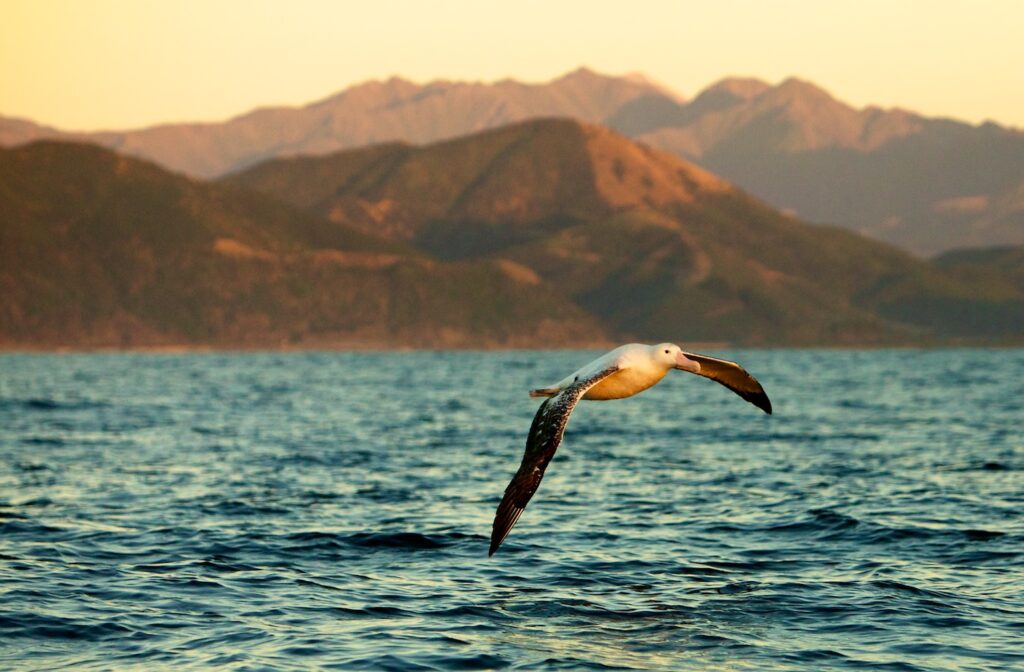
It took until 1948 for the creation of New Zealand nationality! Nowadays, the country is a monarchy with a king, while being a fully sovereign independent state.

